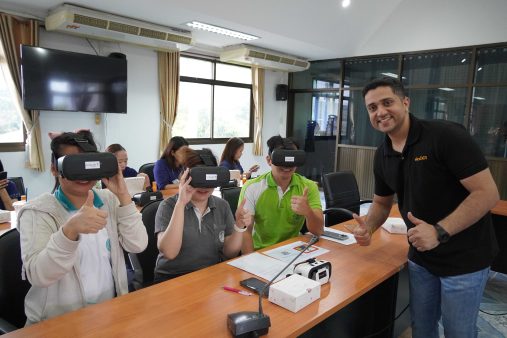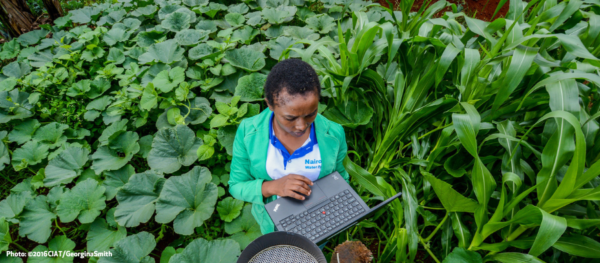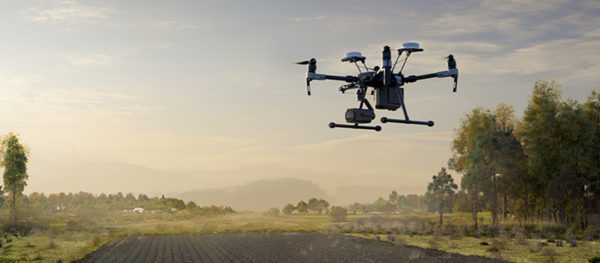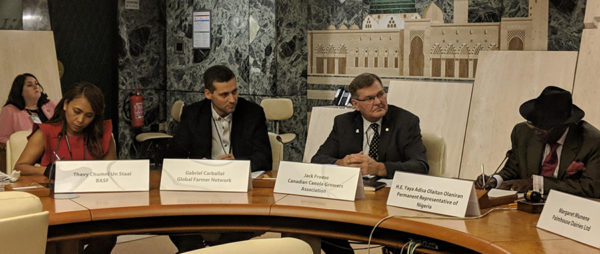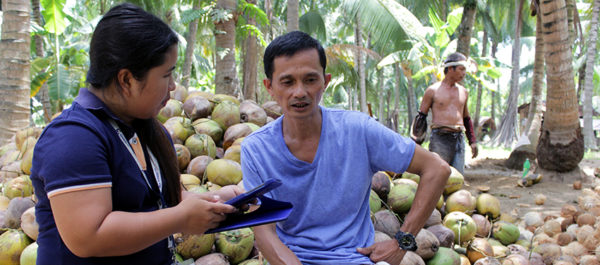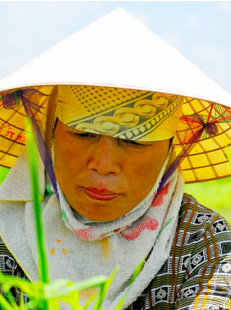Tag: agricultural technology

Mitigating Food Loss: Why the World Needs to Go Beyond Technology
Africa & Middle East: Technological solutions are a key component of food loss management but their success hinges on factors that influence their adoption.
Read MoreThai Farmers Enter Virtual Reality to Learn Safety Practices
Asia: The adoption of virtual reality has helped farmers get practical training on how to protect their crops safely as good stewards of the land.
Read MoreHow a Data and AI Revolution is Helping Africa’s Farmers Build Resilience and Productivity Through More Accurate Predictions
Africa & Middle East: The emerging technology revolution is helping Africa's farmers build resilience through innovative crop production predictions.
Read MoreHow to Ensure the Digital Revolution Leaves No One Behind
Global: Ranveer Chandra, Chief Scientist, Azure Global, Microsoft
Read MoreAgricultural Innovations to Shape Future of Farming Highlighted at FAO
Global: Farming First reports back from FAO Innovation Symposium side event on the role technology can play in enhancing agroecological outcomes.
Read MoreHow Digital Farming Will Help Feed the World and Protect the Planet
Global: Appropriate technology can empower farmers, feed the world and protect the planet.
Read MoreYouth Put Agritech Toolbox To The Test
Global: We asked four members of the YPARD network from around the world to put the brand new online model, “Agritech Toolbox”, to the test.
Read More
